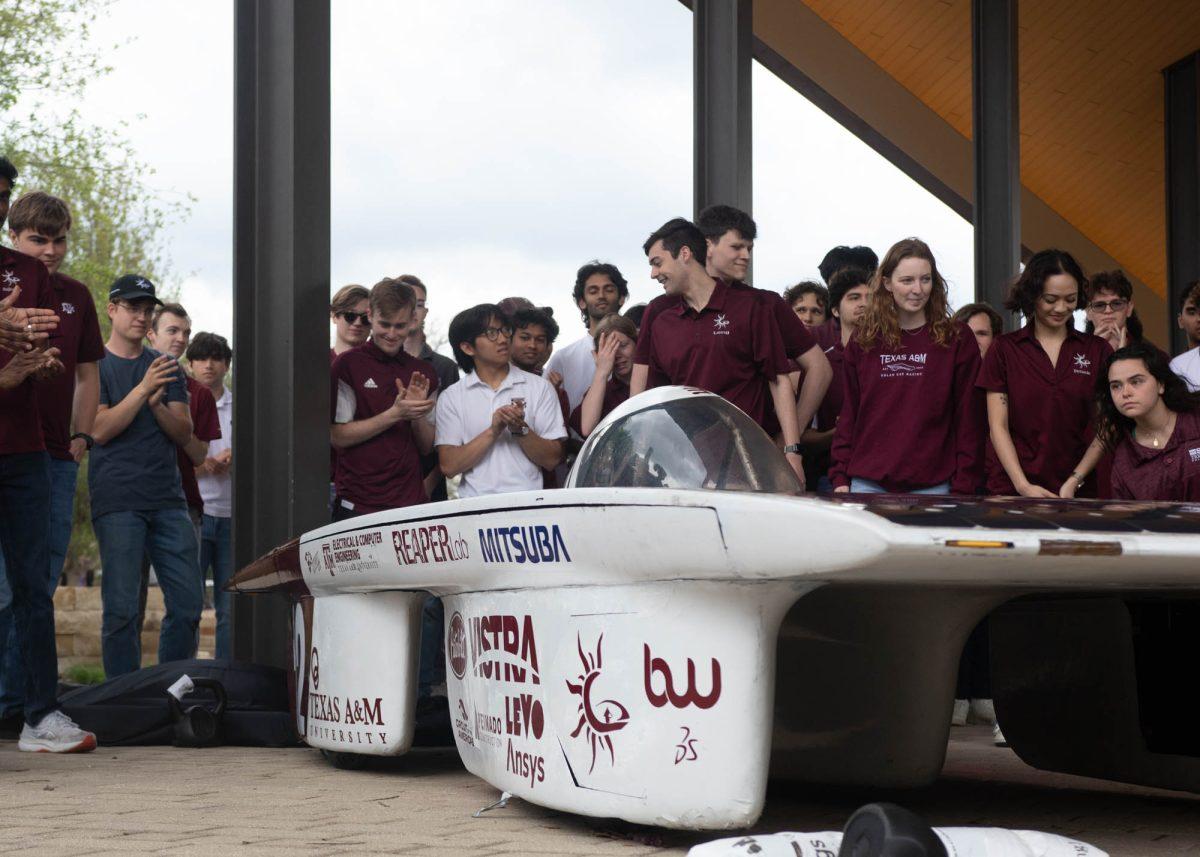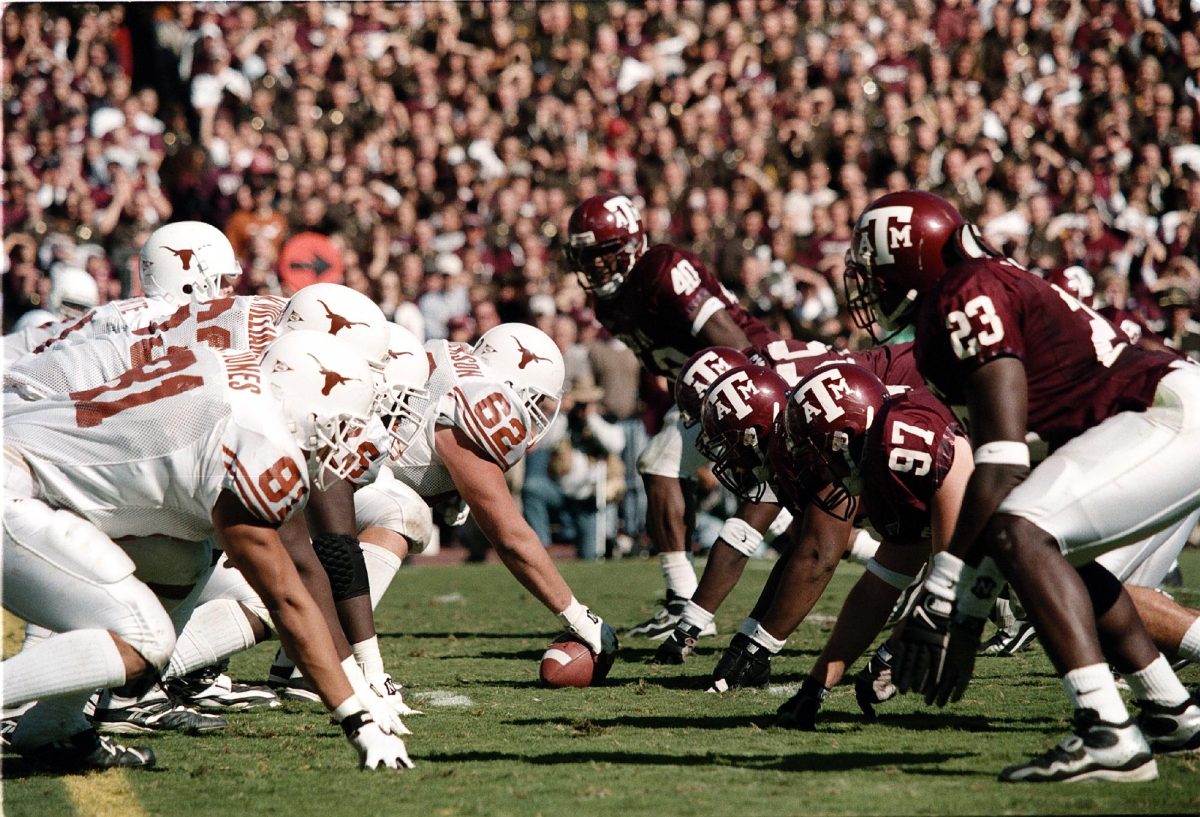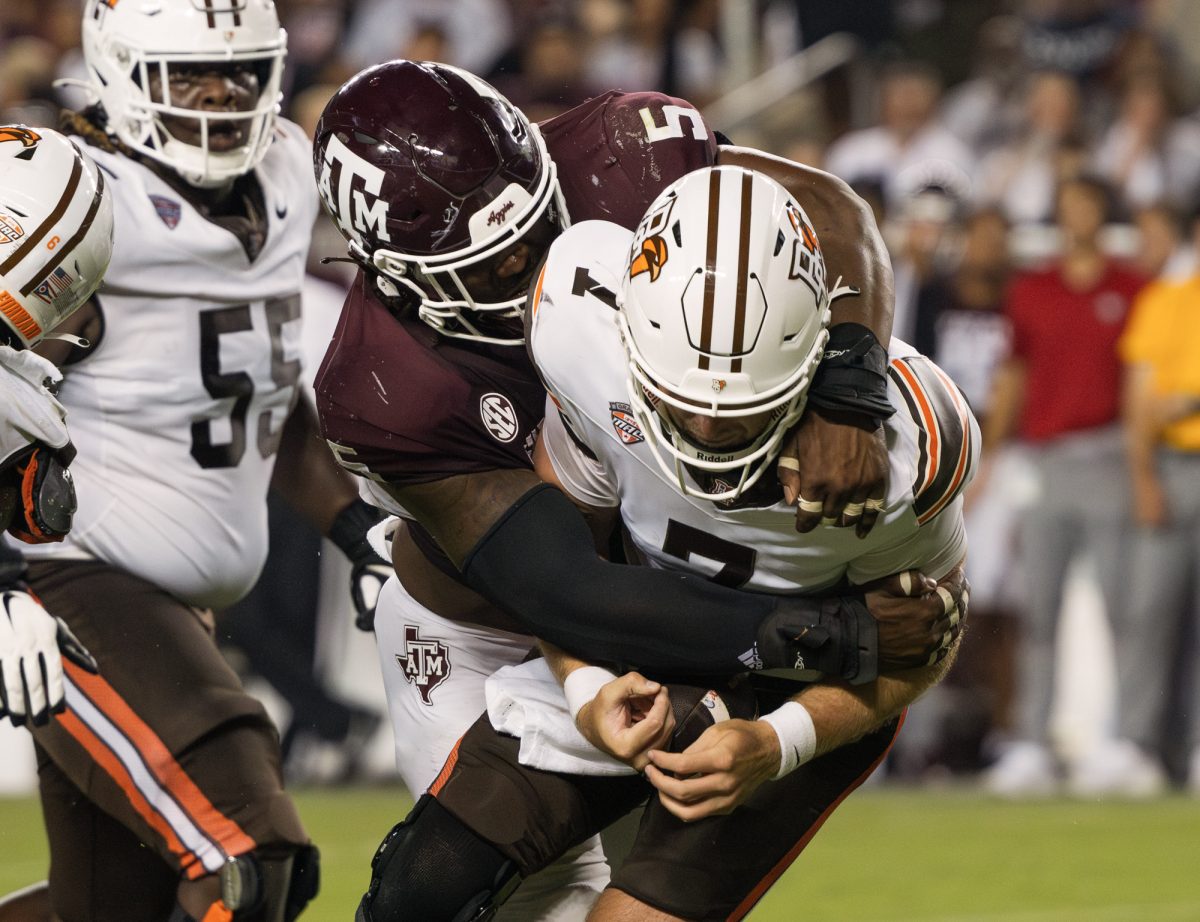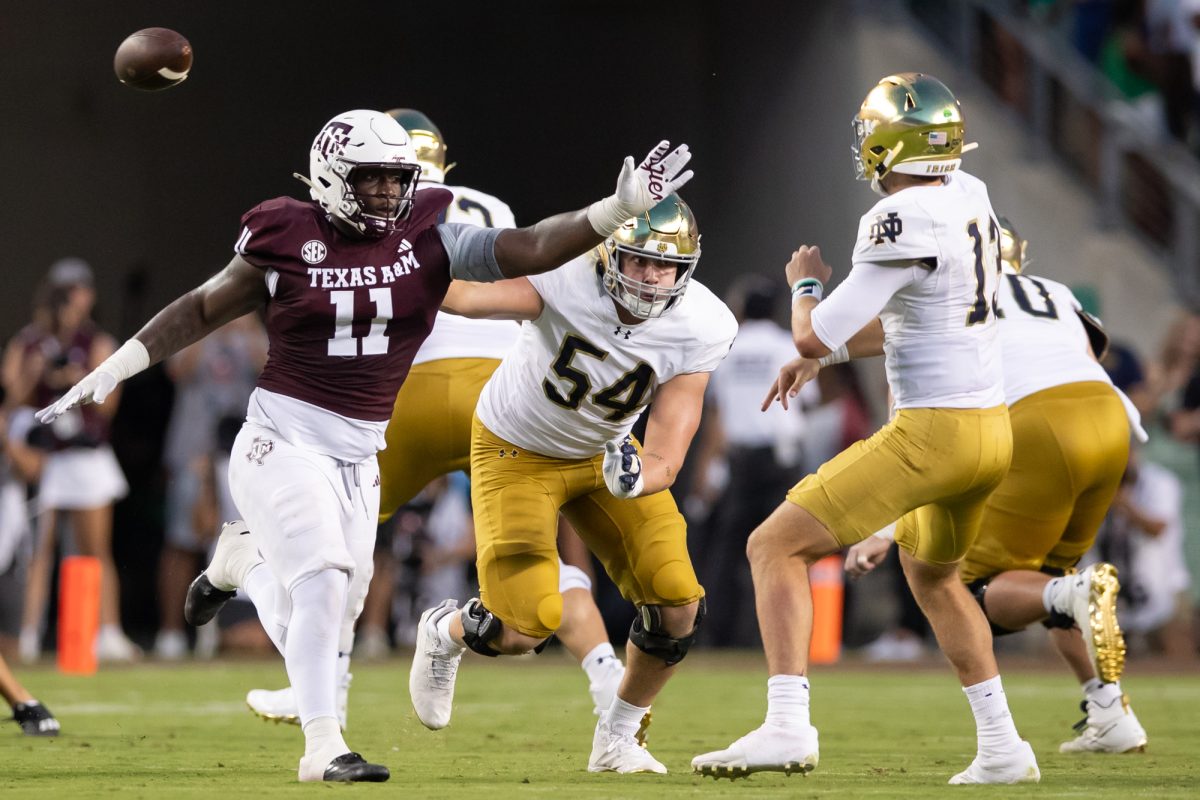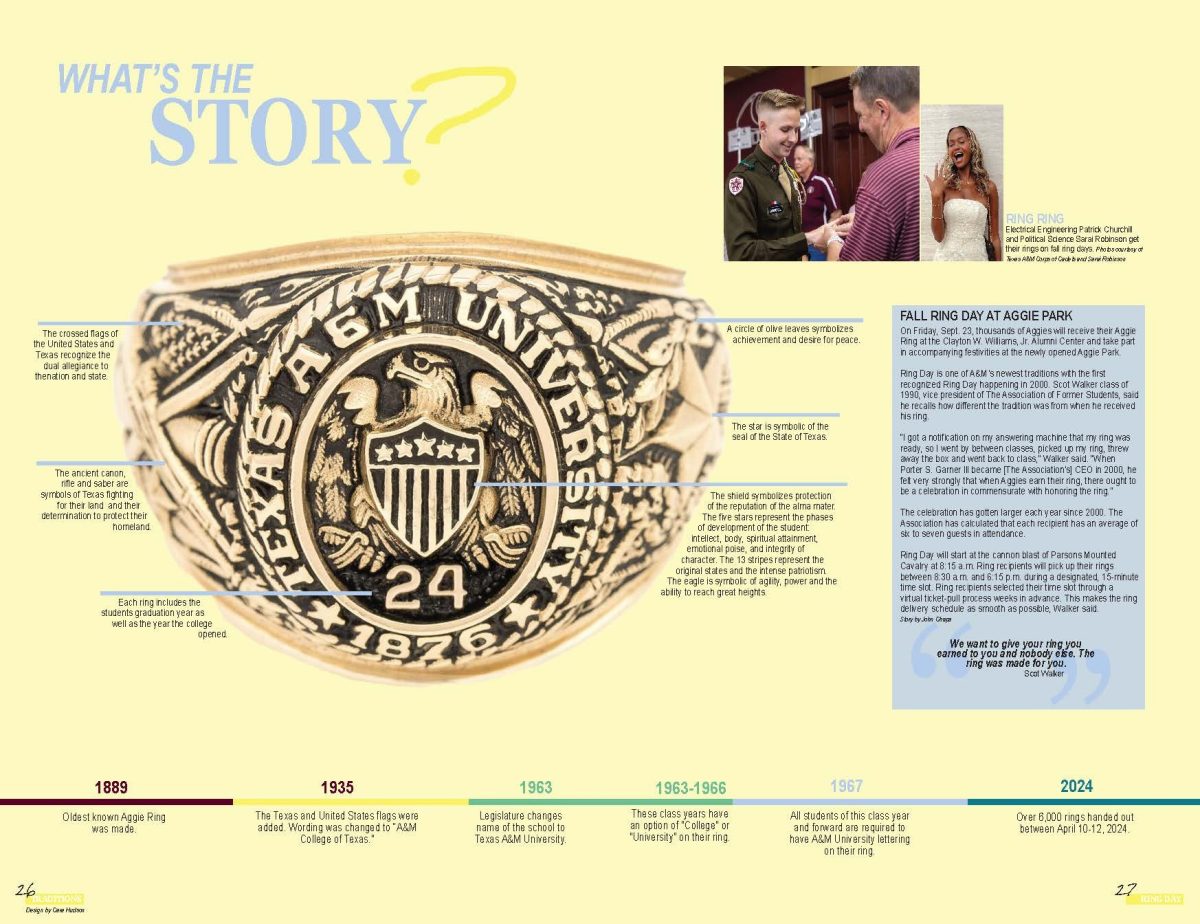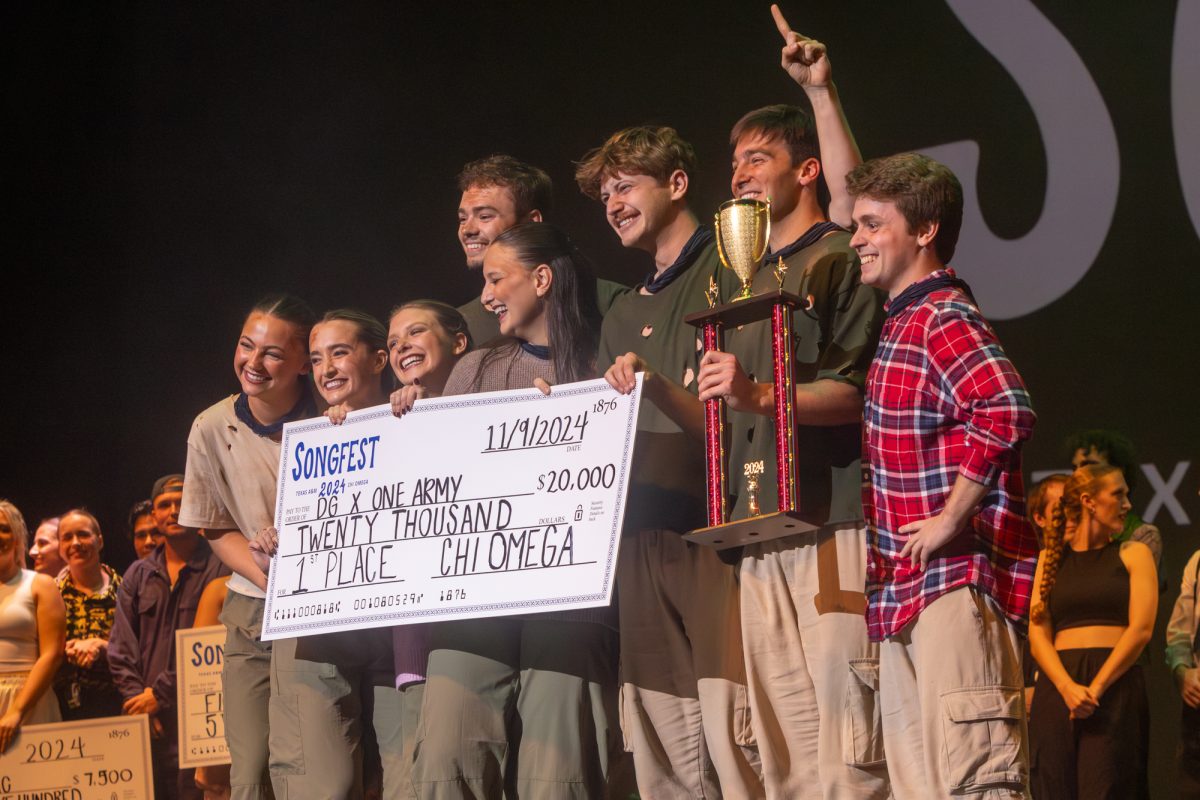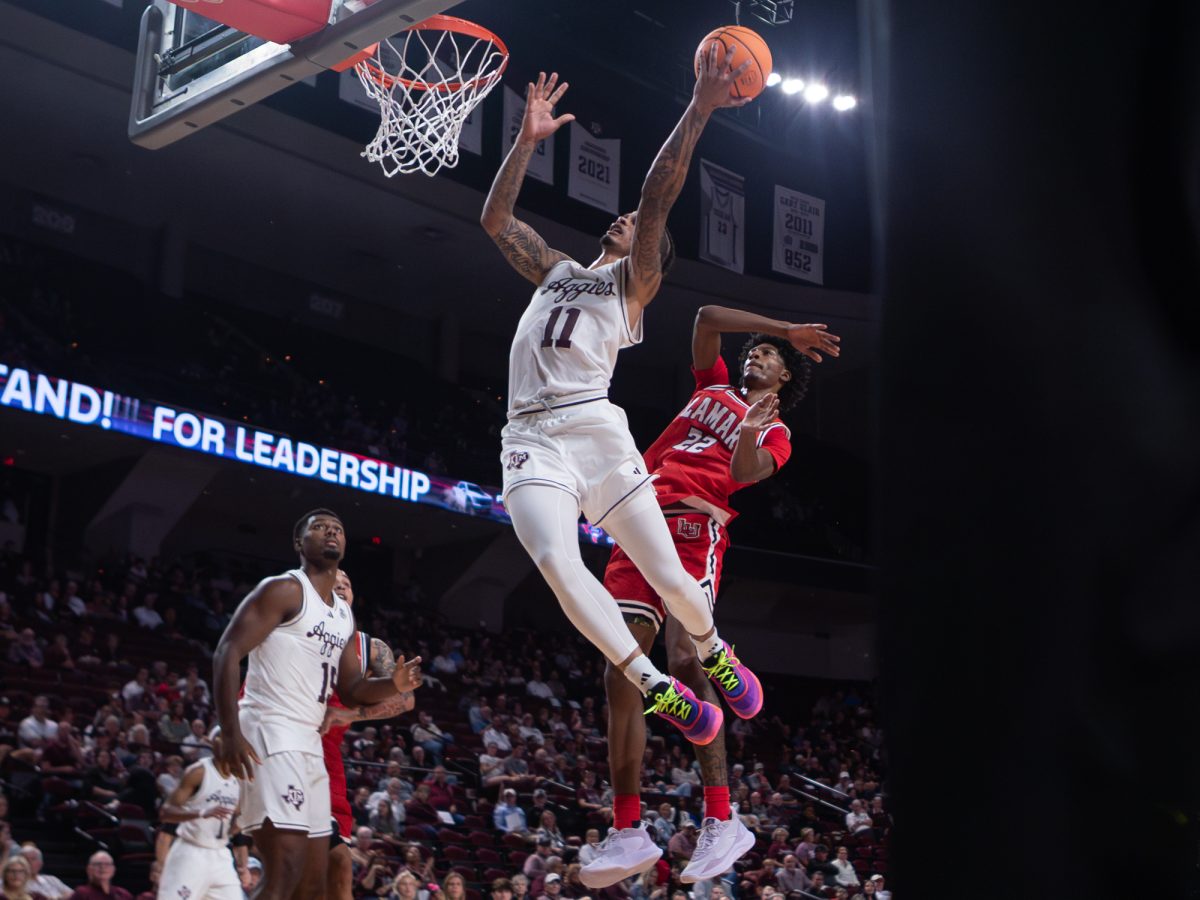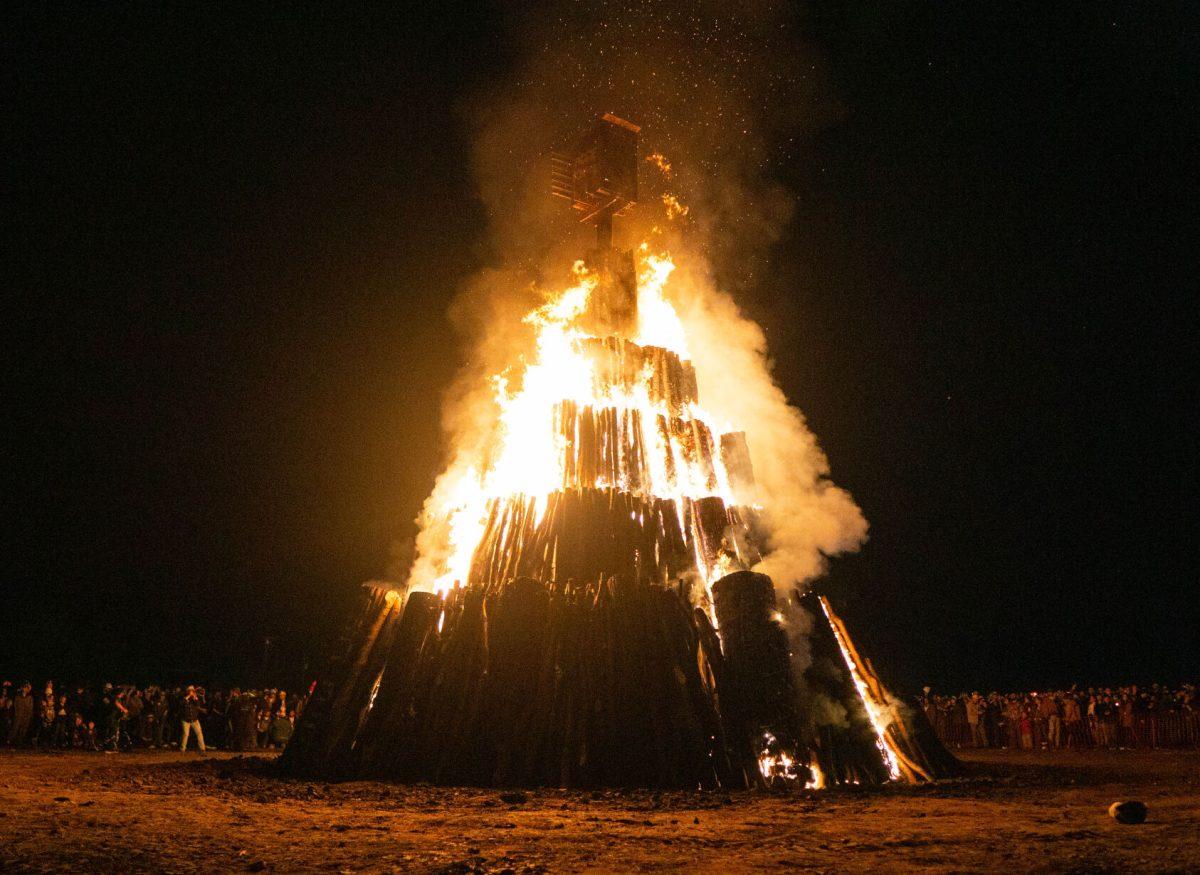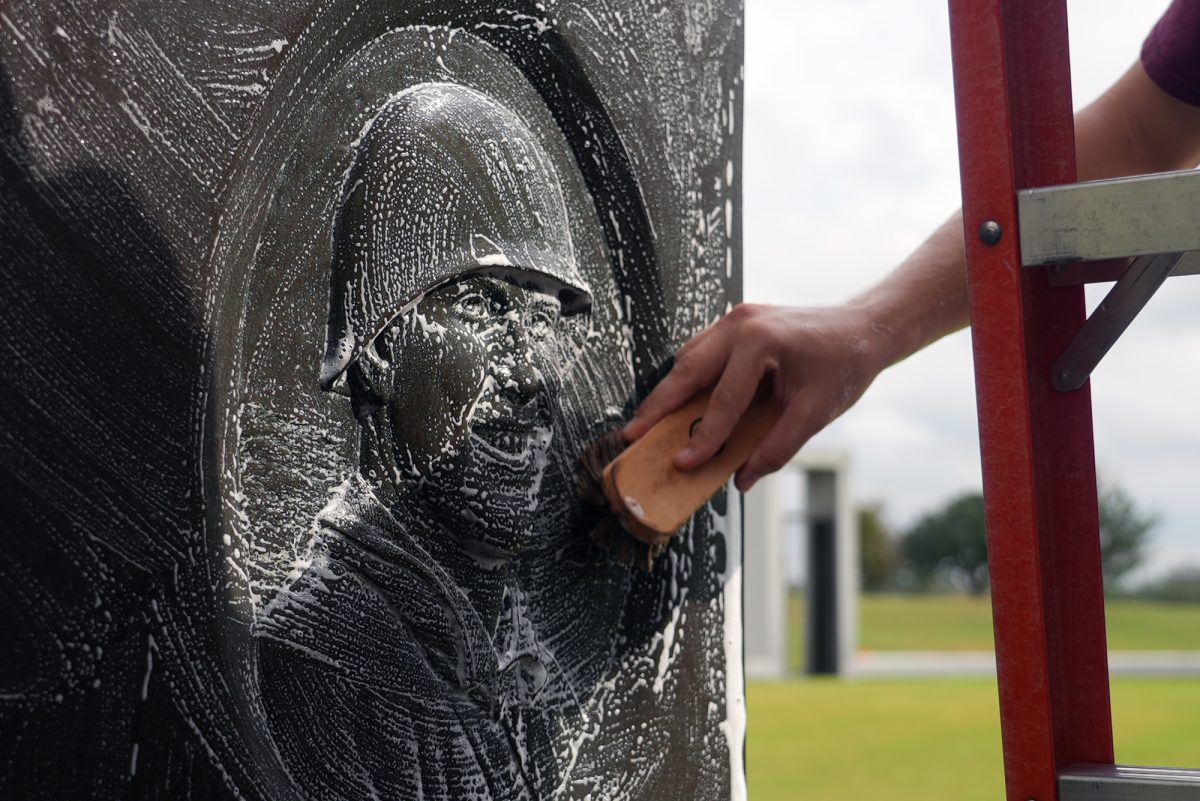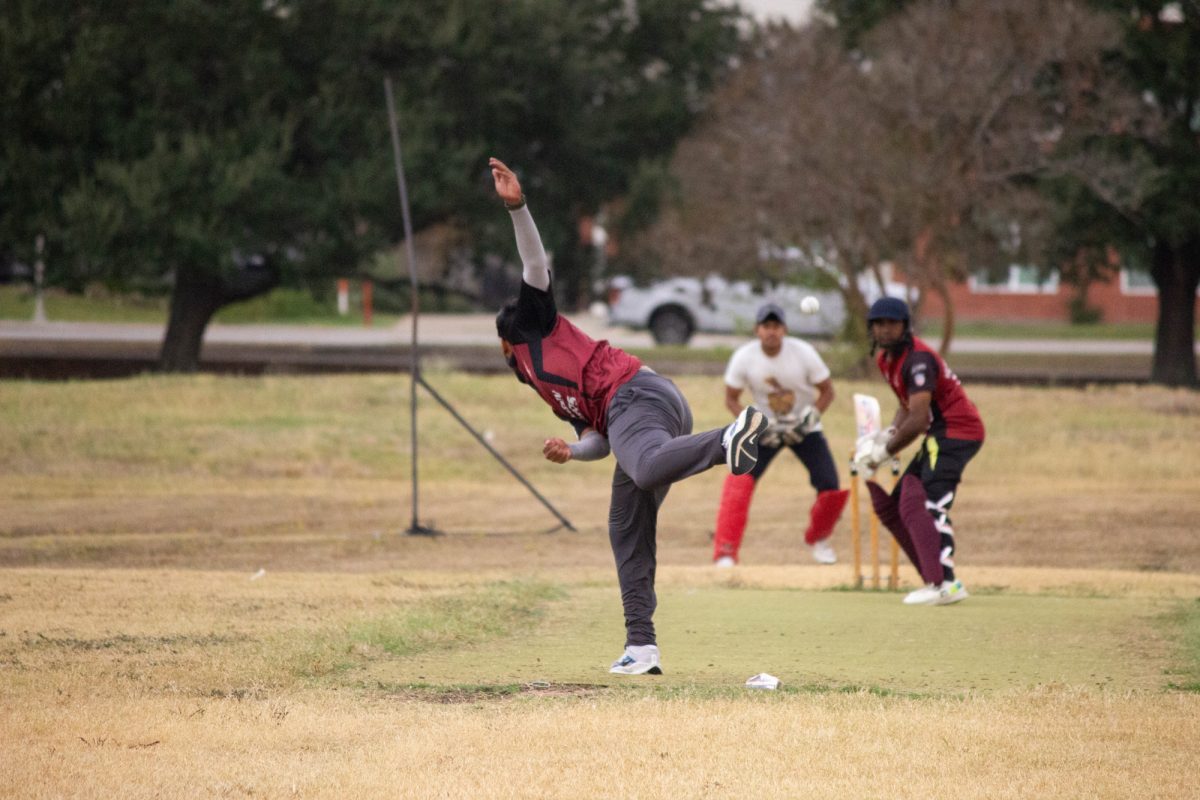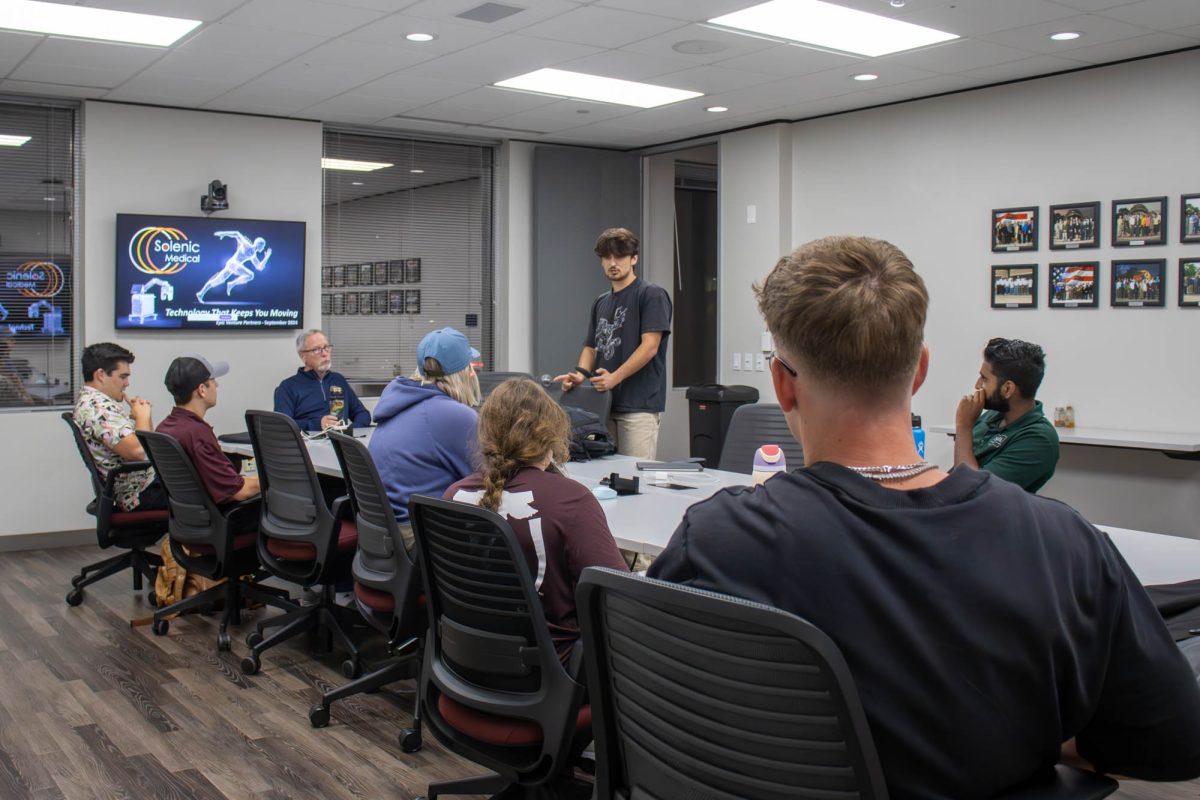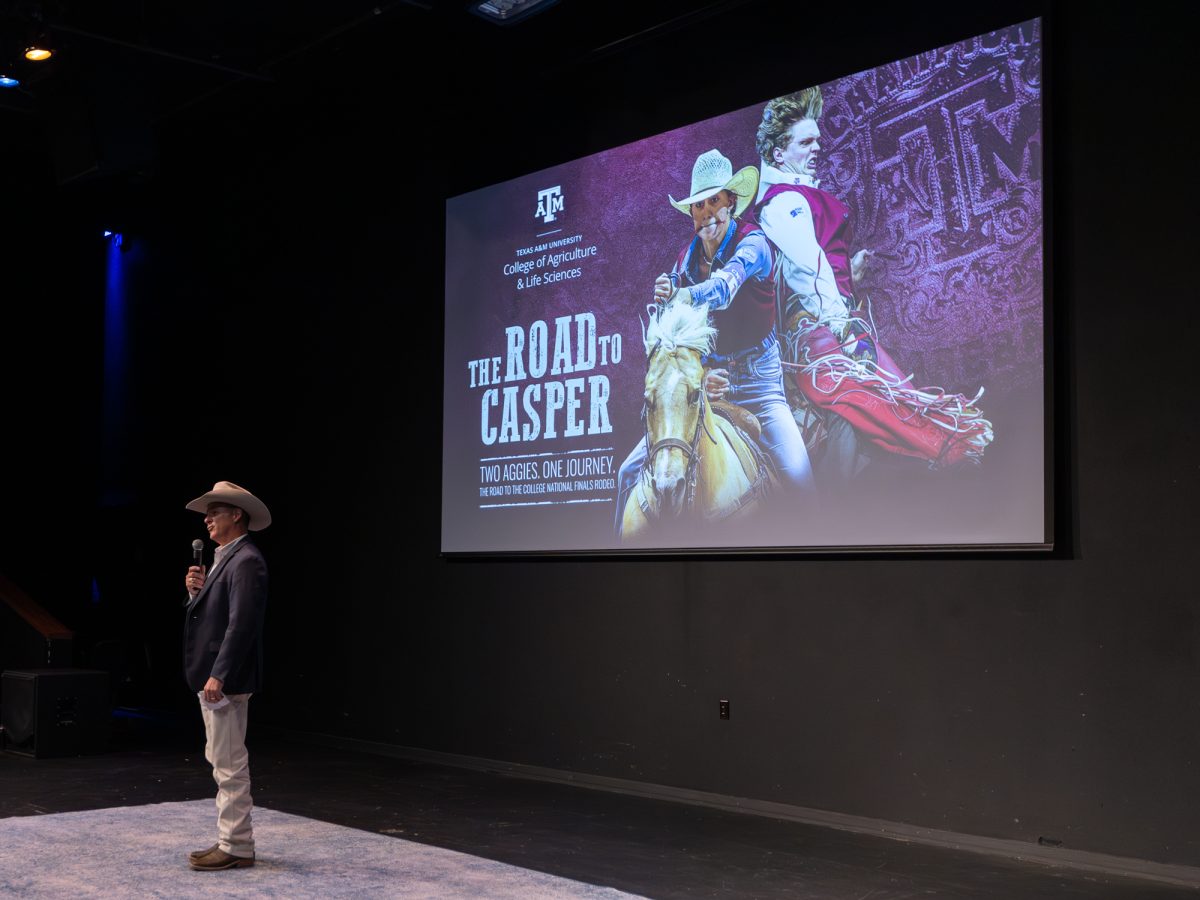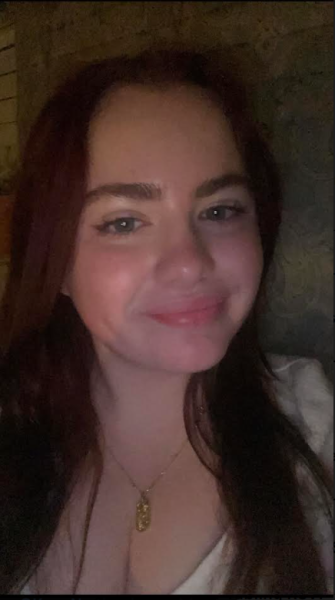From July 12 to July 27, the Texas A&M Solar Car Racing organization competed in the Formula Sun Grand Prix and the American Solar Challenge, placing 11th overall and 7th in its division out of 40 other teams nationwide.
Student-led subteams, including mechanical, electrical, array, business and outreach groups, constructed a solar-powered car named “Duodecim” — the Latin word for the number 12. Months later, the competition continues to serve both as an achievement for the organization and a milestone and an affirmation of what it means to be a part of the Aggie Network.
Architectural engineering sophomore Carlos Cerna, the project manager for the team, said the team was dissolved in the early 2000s due to obstacles preventing them from succeeding. But after networking through the Aggie Network with old members and alumni, it was reestablished in 2022 under a new group of student leaders.
“We realized the importance of solidifying those relationships and not trying to do everything by ourselves,” Cerna said. “By fostering those relationships, we were able to meet a bunch of people that helped us out during our competition.”
Despite the leadership role being akin to a full-time job with no pay, Cerna said the opportunity to work on the vehicle — his passion project — makes it all worthwhile.
“I joined as a freshman and slowly fell in love with the program,” Cerna said. “What the team believes in is making sure we’re building the best engineers first, making sure we’re pulling the best of our business school, engineering school and marketing school together to create this amalgamation of a project of racing a vehicle cross-country.”
Nuclear engineering junior Whitney Jung, a suspension and wheels engineer on the mechanical team, said there’s nothing else like it despite the sometimes difficult work.
“I am assembling a vehicle we designed from the ground up with my friends, and I really love cars,” Jung said. “I love the design. I love working on them. … It’s a lot of late night, and it kind of sucks in the moment. But then you look back on it, and it’s really fun.”
Once competition season arrived last summer, Jung said the group felt similar to how one feels before a test or final exam. Despite the tense environment, the group tested the car, ensuring it passed all standards.
“And after we kind of got our flow working together … I feel like we became cohesive,” Jung said. “Afterward, … we actually crossed the finish line, and a lot of teams didn’t.”
The atmosphere was “surreal,” Jung said. But setbacks had occurred in the past — and the group was prepared, especially mechanical engineering junior Karmanya Patidar, an array lead and a driver for the past competition. At one point, every time the car bumped on the road, “the car computer module would reset across the Midwest,” Patidar said, forcing the group to power cycle to bring electrical systems back online.
In another incident, rain was projected to pour over a track race, and members raced to buy supplies in their budget to ensure they could race unhindered. But when night came and the race neared, the clouds dissipated.
“It was crazy, but it was stressful at the time,” Patidar said. “But looking back, it was a lot of fun.”
During the competition, issues will inevitably arise, Patidar said. All the students can do is debug the car, figure out the problem and fix it “without getting hung up on one setback.”
“My favorite part of the atmosphere was everyone was so positive,” Patidar said. “We all had the same goal.”
Jung said that the three-week-long trip for the summer competition felt like something out of a movie.
“I think we all learned a lot about how engineering designs tend to start,” Jung said. “They don’t always survive contact with the real world, and you learn how to fix your stuff really quickly and on the fly.”
The organization’s next steps include the upcoming Formula 1 competition, the American Solar Challenge and the Formula Sun Grand Prix.
“I think, mechanically, we did a lot right the last go around,” Jung said. “So I think we’re going to try and repeat what we did there, which is a really sturdy system, and we’re going to try and reuse parts. And then I think this time we might brace for waterproofing because that was something we really didn’t think about until it was right on top of us.”
Patidar said placing 11th nationally in the competition is a milestone that acts as a solid foundation for the organization.
“It only goes up from here based on what we’ve learned and how inspiring we come from competing,” Patidar said. “I think the collaboration among teams helps drive our design this cycle. … It’s still going to be our own, with our twist on it, but taking inspiration and bits and pieces from every team will go a long way towards a new design.”


